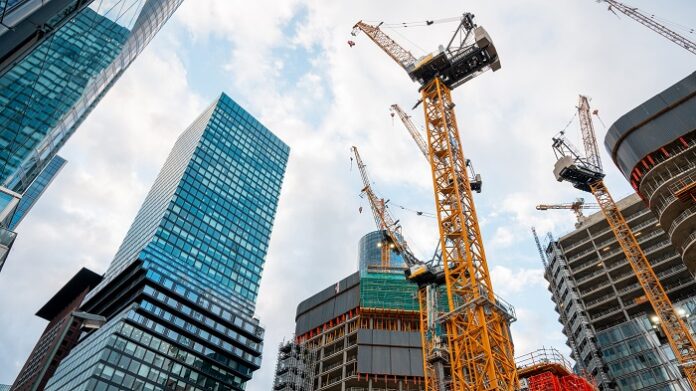The construction field has been consistently evolving, introducing new technologies, methodologies, and materials catering to modern-day sustainability and energy efficiency requirements.
With the rising emphasis on reducing the carbon footprint and energy consumption, various energy-efficient construction practices have emerged as essential components in modern building design. One of the critical elements in this realm is cavity wall insulation, which offers benefits such as thermal comfort, energy conservation, and cost savings.
Introduction to Energy-Efficient Construction
Energy-efficient construction aims at minimising energy usage and improving the overall thermal performance of a building. By employing various techniques and materials, such as high-performance glazing, improved HVAC systems, and effective insulation, modern construction can offer buildings that are comfortable and environmentally responsible.
Cavity Wall Insulation: A Cornerstone Technology
Cavity wall insulation has emerged as an essential component in achieving energy efficiency. It involves filling the void between the two layers of a cavity wall with insulating material, thereby reducing heat loss through conduction.
The use of cavity wall insulation offers several advantages, including:
- Thermal Comfort: By minimising heat loss, cavity wall insulation ensures that the indoor temperature remains stable, providing a comfortable living or working environment.
- Energy Conservation: Insulation reduces the need for heating or cooling, saving energy.
- Cost Savings: Reduced energy consumption leads to significant cost savings on utility bills.
- Environmental Benefits: By lowering energy demands, cavity wall insulation indirectly reduces greenhouse gas emissions.
Other Energy-Efficient Practices
Along with cavity wall insulation, other practices that contribute to energy efficiency include:
- Solar Panels: Utilizing solar energy for heating and electricity needs.
- Green Roofs: Planting vegetation on rooftops to provide insulation and absorb rainwater.
- Low-Emissivity Windows: Using windows that minimise infrared and ultraviolet light penetration without reducing visible light.
Challenges and Future Directions
While these techniques offer significant benefits, challenges remain, such as high upfront costs, the complexity of integrating different systems, and the need for skilled labour and ongoing maintenance. Nevertheless, incentives, regulations, and growing public awareness drive the adoption of these energy-efficient practices.
The future of construction will likely see continued innovation and integration of technologies like cavity wall insulation. With a global emphasis on sustainability and energy conservation, building designs are poised to become increasingly sophisticated and environmentally friendly.
Final Thought
Modern construction techniques, emphasising energy efficiency and sustainability, are transforming how buildings are designed and constructed. Cavity wall insulation is just one example of how innovative methods and materials are being utilised to create structures that meet the demands of contemporary living and contribute to a more sustainable future.
By embracing these advanced practices, the construction industry plays a crucial role in shaping a world that is mindful of its environmental responsibilities and committed to conserving resources for future generations. These techniques’ ongoing development and refinement are crucial to ensuring that buildings continue to evolve in line with our global sustainability goals.
Image by frimufilms on Freepik





